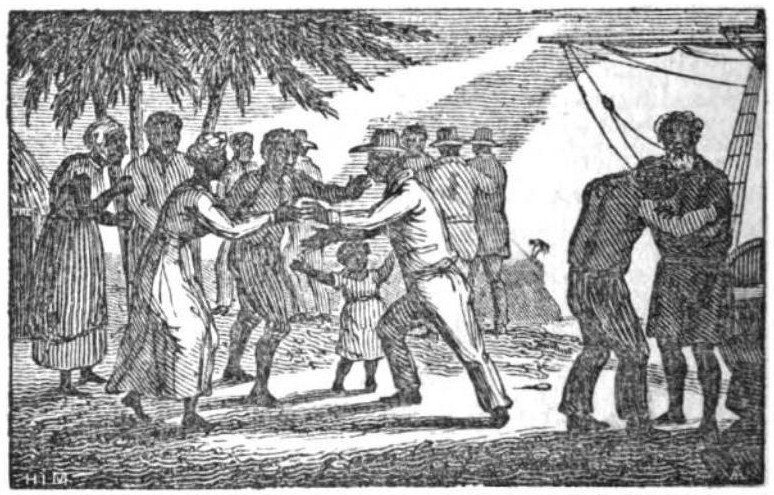Paul Cuffee was born a free man on January 17, 1759, in the small island of Cuttyhunk located just off southern Massachusetts. He was the 7th of ten children to an Ashanti father, Kofi Slocum who was captured from his home in the Gold Coast (Ghana) at the age of ten. His mother, Ruth Moses was of Wampanoag Native American descent.
Paul’s father, Kofi Slocum gained his freedom from his slave master John Slocum who had offered him freedom from slavery after becoming a devoted Christian. Soon after, Kofi adapted his master’s surname for legal papers, married his wife in 1746 and began work as a fisherman, carpenter and farmer until he saved up enough money to buy a house and bought a 116-acre farm in Westport, Massachusetts in 1766.
Paul was only eight years old at the time and by 1772, his father had died leaving his property for Paul and his brother John.

Among Kofi Slocum’s 10 children, Paul Cuffee remains the most popular and most successful. Soon after his father’s death, Paul showed great interest in picking up his father’s trade and helped build boats at the port to make a decent living.
By 16, Paul had worked with many whaling and cargo ships and had mastered navigation as well as taught himself how to read and write. Paul’s progress was brought to a short halt when in 1776, he was captured by the British during the American Civil War and held for three months in New York.

By the time Paul was 21, he had changed his name from Paul Slocum to Paul Cuffee and was known as a successful navigator and trader. He gathered a good fortune to build and purchase ships, hire people to work for him and
Paul Cuffee had become a very wealthy young man by the 1790s and was also very influential in the African American society. According to PBS.org, his first
He was considered as one of the very few black millionaires in the whole of America at the time who had successfully created a maritime business that traded with Europe and the Caribbean on ships he had either built or purchased.
Aside from his passion for trade and shipping, Paul Cuffee was also very much interested in the abolition of slavery and the freedom of African Americans. To play his part, he often supported the black community through the offering of jobs and charity work with the church. He also built a school for the proper education of the next black generation and supported the teachers as well.

Photo; Westportfriendsmeeting.org
Paul Cuffee became one of the most respected black men in all of America by all races and is, according to Historian Donald R. Wright, the first free black man to visit the White House for a discussion with the then president James Maddison in May 1912 on the release of his cargo and those of several other black traders which was granted.
His influence soon found its way into Africa. After a few visits to Sierra Leone, Paul developed a keen interest in seeing that freed Africans in the USA could establish a colony in Africa with Sierra Leone being the best option. His dream also entailed sending at least one vessel each year to Sierra Leone, transporting African-American settlers and goods to the colony and returning with marketable African products.

Four years after founding the Friendly Society of Sierra Leone, on
December 10,
Despite facing several difficulties, Paul managed to establish peaceful trade between Africa, Europe and America. He also supported every African American who chose to settle in Sierra Leone with a generous amount of money to establish themselves and worked with Governer Maccarthy to build homes for the people.
He was let down by The African Institution in England which had previously offered to support him but failed. Paul still bore several costs which went against him due to the fact that he had also suffered a major business loss during the wars.

1812 Paul Cuffe engraving in 1812 from a drawing by Dr. John Pele of Bristol, England[
Paul returned to America later in 1816 to help support more freed blacks to return to Sierra Leone and also started plans for others to move to the Caribbean. He managed to spark major interest in the black community to take the return trip home.
Unfortunately, Paul Cuffee’s health deteriorated and he died on September 7, 1917, without being able to return to Africa again. He left behind a huge estate and legacy including 7 children and a wife, Alice Pequit, who according to PaulCuffee.org, was a local Native American woman he married in 1783 right after











